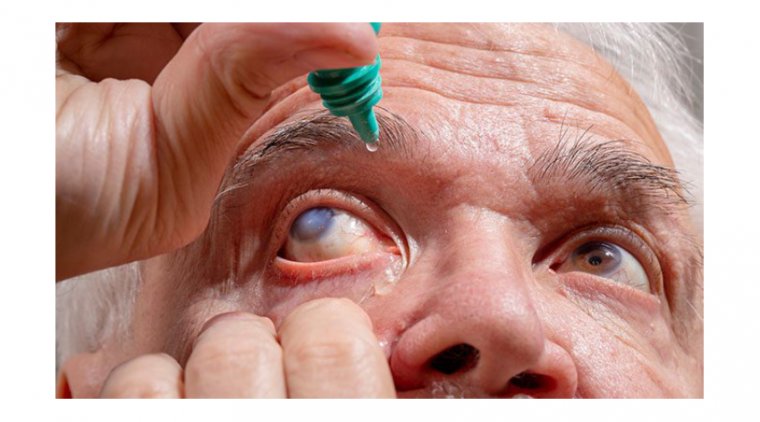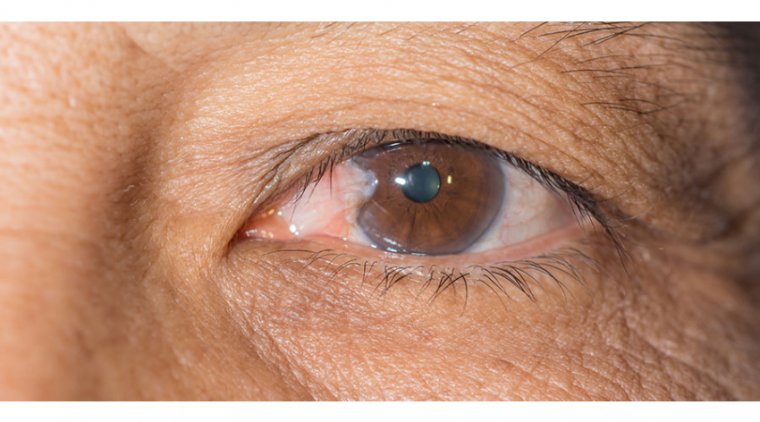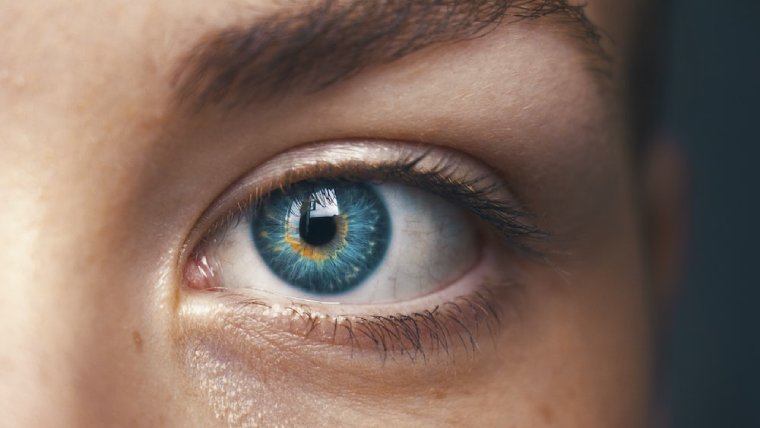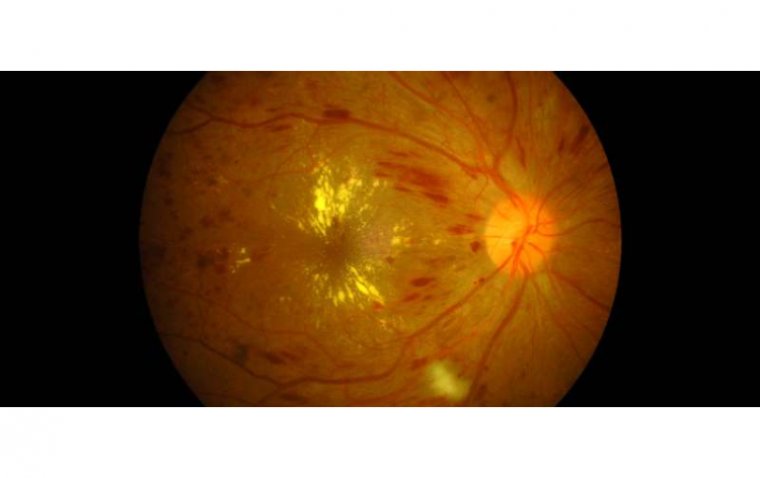
The Silent Thief of Sight: All You Need to Know About Glaucoma
Imagine you wake up one morning, and everything seems a little blurry. At first, you think it's just a sleepy haze, but your vision doesn't clear up as the day goes on. You visit the eye doctor, and after a few tests, you hear the words "glaucoma." Suddenly, your world is turned upside down, and you're left wondering what it is, how it happened, and what you can do about it.
Glaucoma is a "silent thief of sight" and can steal your vision without warning. This article will take you on a journey through the glaucoma world, exploring its causes, symptoms, treatments, and prevention strategies. So, fasten your seatbelt and dive into the glaucoma world!
What Is Glaucoma?
Glaucoma is a severe eye condition that affects millions of people worldwide. Despite its prevalence, many are unfamiliar with this "silent thief of sight" until it is too late. Glaucoma is a group of eye diseases that can cause irreversible vision loss and blindness if left untreated. This condition damages the optic nerve, responsible for transmitting visual information from the eye to the brain. The damage is often caused by high intraocular pressure, but some forms of glaucoma can occur even with normal or low pressure.
What Are The Different Types Of Glaucoma?
1. Primary open-angle glaucoma is the most common type, accounting for around 90% of cases. It occurs when the eye's drainage system becomes less efficient, causing a buildup of fluid and increased intraocular pressure.
2. Angle-closure glaucoma occurs when the iris (the coloured part of the eye) blocks the drainage angle, preventing fluid from leaving the eye and causing a sudden increase in intraocular pressure.
3. Normal-tension glaucoma occurs even when intraocular pressure is within the normal range. The exact cause of this type of glaucoma is unknown, but it may be related to poor blood flow to the optic nerve.
4. Congenital glaucoma: This type of glaucoma is present at birth and is usually caused by a developmental abnormality in the eye's drainage system.
5. Secondary glaucoma: This type occurs due to another eye condition, such as inflammation, injury, or a tumor.
What Are The Causes Of Glaucoma?
● Glaucoma is primarily caused by increased intraocular pressure (IOP), which can damage the optic nerve over time.
● The exact mechanism that leads to elevated IOP has yet to be fully understood. Still, it is thought to be related to a combination of factors, including impaired drainage of aqueous humour (the fluid that fills the eye), overproduction of aqueous humour, or a combination of both.
● In some cases, glaucoma can occur even without elevated IOP, which suggests that other factors may also play a role in the development of the condition.
● Glaucoma risk factors include age, family history, ethnicity, medical conditions such as diabetes and high blood pressure, and eye injuries.
Who Is At Risk For Developing Glaucoma?
Anyone can develop glaucoma, but certain factors can increase the disease risk. These risk factors include:
1. Age: The risk of developing glaucoma increases with age, especially after age 40.
2. Family history: If you have a history of glaucoma, you may be at a higher risk of developing the condition.
3. Ethnicity: People of African, Asian, and Hispanic descent are at a higher risk of developing certain types of glaucoma.
4. Medical conditions: Certain medical conditions, such as diabetes, high blood pressure, and heart disease, can increase the risk of glaucoma.
5. Eye injuries: Trauma to the eye can increase the risk of developing glaucoma.
6. Prolonged use of corticosteroid medications: Long-term use of corticosteroid medications, such as prednisone, can increase the risk of developing glaucoma.
Are There Any Early Warning Signs of Glaucoma?
Unfortunately, there are usually no early warning signs or symptoms of glaucoma, so it is often called the "silent thief of sight." In the early stages of the disease, most people do not experience any noticeable symptoms or pain. As the condition progresses, vision loss may occur, but this typically begins with peripheral (side) vision and can go unnoticed for some time.
However, in some rare cases, individuals may experience acute angle-closure glaucoma, which can cause sudden symptoms such as severe eye pain, headache, blurred vision, halos around lights, and nausea or vomiting. If you experience any of these symptoms, seek immediate medical attention.
Because glaucoma can progress slowly without symptoms, regular eye exams are essential for early detection and treatment. A comprehensive eye exam, including measurement of intraocular pressure, assessment of the optic nerve, and evaluation of visual fields, can help detect glaucoma in its early stages.
Treatment Options for Glaucoma
Can Glaucoma Be Prevented?
While there is no guaranteed way to prevent glaucoma, there are several steps you can take to help reduce your risk of developing the condition or slow its progression. These include:
1. Regular eye exams: Regular comprehensive eye exams are essential for the early detection and treatment of glaucoma, especially if you are at a higher risk due to age, family history, or other factors.
2. Control other medical conditions: If you have other medical conditions, such as diabetes or high blood pressure, managing them properly to reduce the risk of developing glaucoma
3. Regular exercise can help improve blood flow to the eyes and reduce intraocular pressure.
4. Protect your eyes: Eye injuries can increase the risk of developing glaucoma, so it is essential to wear appropriate eye protection when engaging in activities that could cause damage.
5. Quit smoking: Smoking has been linked to an increased risk of developing glaucoma, which can help reduce this risk.
Are There Any Supplements or Vitamins That Can Help Prevent Glaucoma?
While there is no definitive evidence that supplements or vitamins can prevent or cure glaucoma, some studies suggest that certain nutrients may protect the eyes. These include:
1. Vitamin C: Some studies have suggested that vitamin C may help reduce the risk of developing glaucoma by improving blood flow to the eyes.
2. Vitamin E: Vitamin E is an antioxidant that may help protect the eyes from oxidative damage, which has been linked to the development of glaucoma.
3. Omega-3 fatty acids: Omega-3 fatty acids, found in fatty fish such as salmon and mackerel, may help reduce the risk of glaucoma by improving blood flow to the eyes and reducing inflammation.
4. Gingko Biloba: Some studies have suggested that ginkgo biloba may help improve blood flow to the eyes and reduce intraocular pressure, although more research is needed.
Author: Dr. Muhammad Saad, Resident Ophthalmologist at Al-Shifa Trust Eye Hospital in Rawalpindi, Pakistan
(1).jpg)
.PNG)









